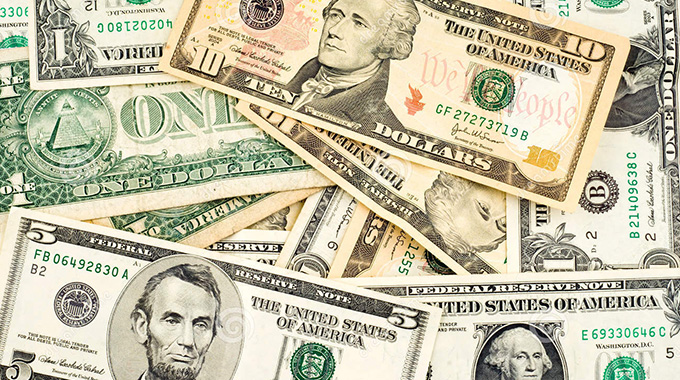EDITORIAL COMMENT : Pegging goods in US dollar behind price madness

In the 2007-2008 economic meltdown, the biggest economic threat to Zimbabwe was the sharp and sustained rise of basic commodity prices and other essential services.
Soaring prices rattled all people — rich and poor —while a spike in food prices battered the country’s poor.
Runaway prices led to a crisis and effectively pushed the country to dollarise. A new crisis may loom. Overheating market prices for basic services and commodities are threatening to torpedo Government’s efforts to stabilise the economy.
There is massive greed and profiteering by manufacturers and retailers pushing the majority of the poor into the poverty trap.
Officially, manufacturers and retailers are pegging prices in the Zimbabwe RTGS dollar, but unofficially pegged at US dollar rates.
Retailers are demanding ZW$15 for a loaf, almost at the prevailing black market rates for the US dollar. Beef which used to be sold at US$3,25 a kg is now being sold for more than ZW$100 per kg, putting it beyond the reach of the poor.
Essential drugs are also being sold at ridiculous prices. Even in US dollar terms prices have gone up badly. Most retailers, hardware merchants and other service providers are pegging their prices ZW$1:20 or 25 to the US dollar, forcing many to transact unofficially using the US dollar.
Prices for the Zimbabwe RTGS dollar are unjustifiably pegged at speculative and irrational rates to squeeze consumers to cough out their precious US dollar notes. The result is too scary. There is a massive informal dollarisation of the economy as a result of economic instability and high inflation. A rent seeking behaviour is now prevalent as well as hoarding of everything from bread to fuel and other items.
Most businesses now have a strong desire to protect their assets from the risks of devaluation of the local currencies by pegging prices at ridiculous RTGS levels. Many are unofficially demanding payment in the form of US dollars undermining the country’s monetary and exchange rate policies.
The country’s Transitional Stabilisation Programme (TSP) has been undermined and it will be difficult for it to reach fruition. It’s time to do something about runaway prices which are hurting the poor most.
Farming this season is a nightmare. Where will a poor smallholder farmer get the ZW$10 000 required to grow a hectare of maize. The situation is scary and food insecurity will persist not because of drought, but unsustainable market prices.
At some point, people won’t put up with any more price increases. And, increasingly, this is becoming more evident. The well-heeled have already unofficially dollarised their business activities.
This will not help to stabilise Zimbabwe’s macro economy and also solve the problem of our steadily declining local currency. The conduct of day-to-day transactions are pegged to the US dollar. Many are using the US dollar as a store of value.
The risks of a return to full dollarisation are lurking. Sanctions have compounded the situation. We all know the huge drawbacks of dollarisation, especially for a country like ours which is under debilitating sanctions.
The risks are huge and for how long can we continue with these unsustainable price increases?
Labour will start demanding US dollars and this might pause serious problems for our struggling economy. We need to tame the price madness to protect the poor and restore sanity on the market.
If we don’t, dollarisation is a security risk that might jeopardise all efforts to stabilise the economy. Social instability will be the worst case scenario and Government, the private sector, academics and all people must come together to stem the tide of runaway and unsustainable price increases.










Comments